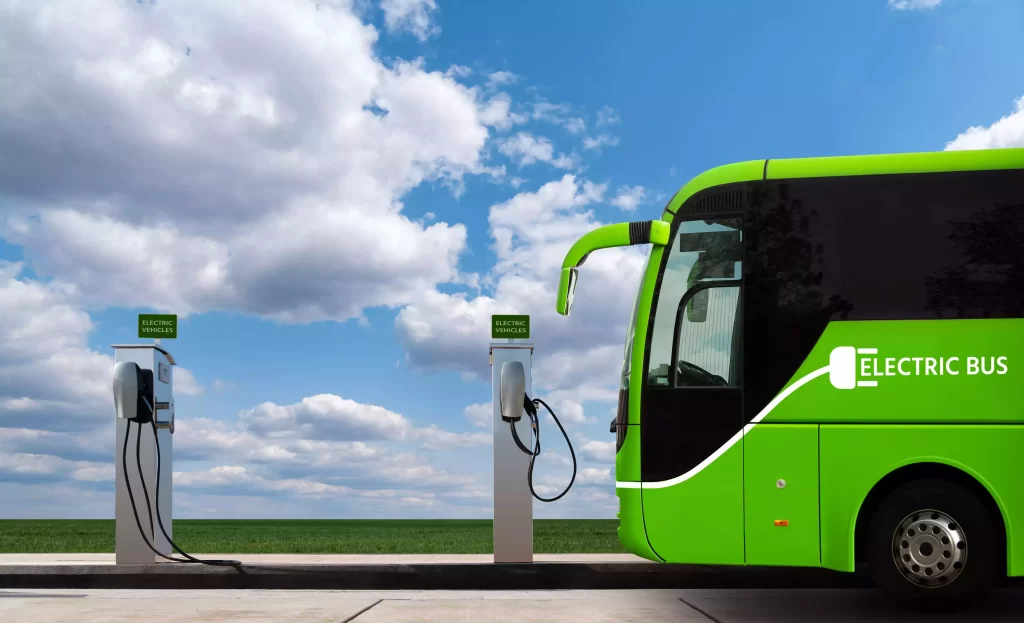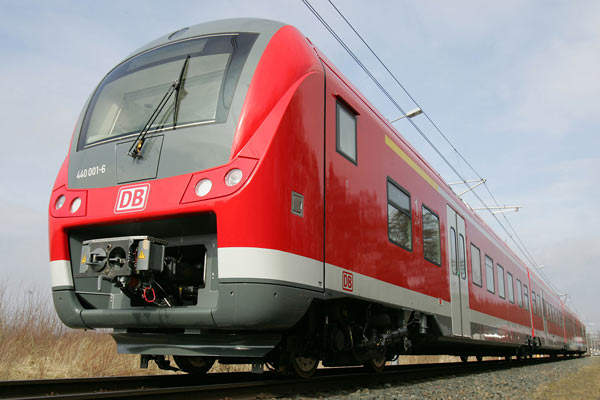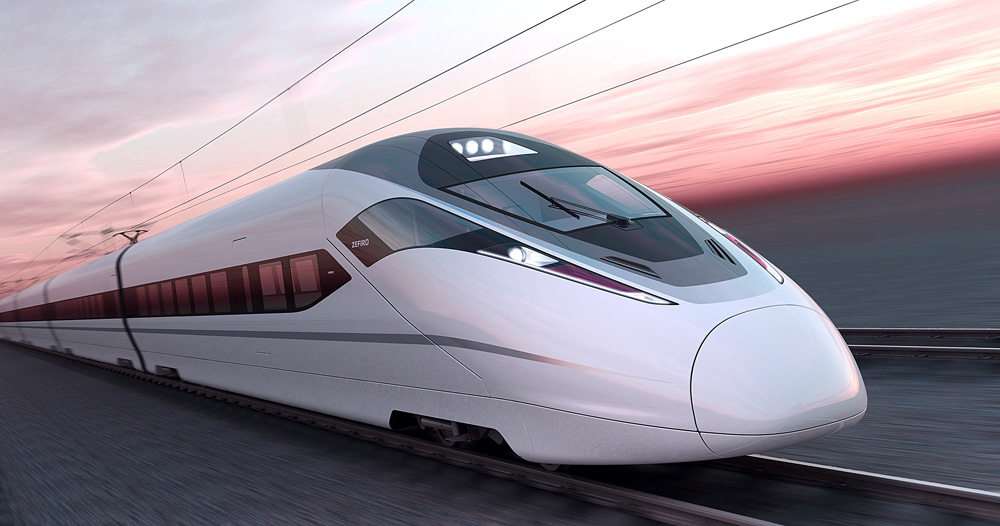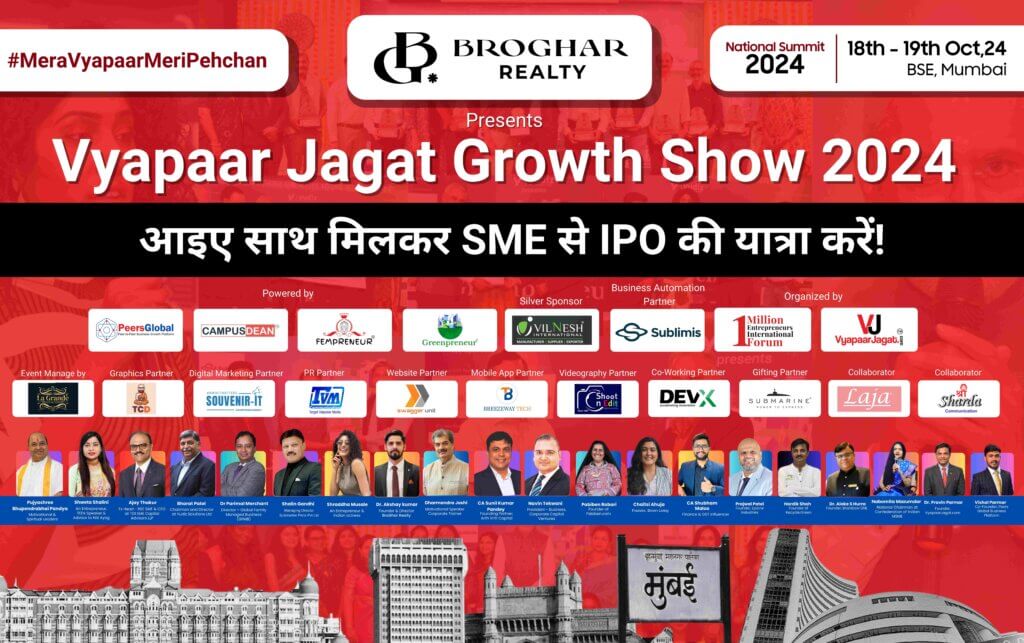
Sustainable mass transportation plays a crucial role in reducing greenhouse gas emissions, promoting economic growth, and creating environmentally friendly urban centers. By embracing sustainable alternatives to conventional fossil fuel-dependent vehicles, we can minimize our carbon footprint and reduce our reliance on foreign oil. This article explores the various fuel and energy technologies driving the global trend of modern, cleaner, and energy-efficient mass public transit.
Advancing Sustainable Mass Transit Technologies
Sustainable mass transit offers numerous economic, environmental, and energy-related advantages over private cars. By significantly reducing emissions per passenger mile, sustainable transportation options help combat climate change and improve air quality. To address transportation efficiency and emissions, it is crucial to expand the availability and quality of sustainable mass transit options.
Clean and Green Alternatives to Fossil Fuel Modes

The modern mass transit landscape is witnessing a remarkable expansion of clean energy technologies. Electric transit, including buses and other vehicles, electric-biofuel hybrids, electric light rail, rapid transit rail, and high-speed rail, are among the widely adopted sustainable mass transit options. Additionally, biofuels such as biodiesel and ethanol, as well as low-carbon fuel blends like compressed natural gas and biogas, offer viable alternatives for greener buses. While hydrogen fuel cell vehicles are still in the research and development stage, they hold promise for zero-emission transportation in the future.
Embracing Electric Rail for Sustainable Urban Transit

Electric rail systems, including light rail, commuter rail, and high-speed rail, represent energy-efficient and cost-effective solutions for sustainable mass transit. With their low maintenance requirements and reduced carbon emissions, electric rail systems offer an environmentally friendly alternative to traditional modes of transportation. By replacing highways and reducing traffic congestion, electric rail also contributes to the creation of vibrant economic urban centers.
The Promise of High-Speed Rail

High-speed rail presents an eco-friendly alternative for long-distance travel, significantly reducing greenhouse gas emissions compared to air travel. With successful implementations in Japan, Asia, and Europe, high-speed rail holds the potential to meet global transit needs while reducing carbon footprints. Despite challenges in certain regions, the proliferation of high-speed rail systems remains an optimistic vision for the future of sustainable mass transportation.
Bus Rapid Transit networks represent a revolutionary approach to mass transportation, streamlining bus systems and enhancing their efficiency. By incorporating features such as dedicated express lanes, innovative fare systems, and efficient loading platforms, BRT networks increase the quality, safety, and reliability of public transit. Success stories like Curitiba in Brazil and London showcase the effective utilization of BRT systems and the integration of electric, hybrid, and low-carbon buses to maximize sustainable mass transit options. London’s commitment to transitioning its entire bus fleet to zero-emission buses by 2037 demonstrates the city’s dedication to creating a greener transportation system.
Conclusion
Embracing sustainable mass transportation is vital for combating climate change, reducing emissions, and creating livable urban environments. By adopting clean energy technologies and investing in electric rail, high-speed rail, and Bus Rapid Transit systems, we can pave the way for a greener future of transportation. Together, we can build sustainable public transit networks that prioritize environmental preservation, economic growth, and the well-being of communities worldwide.


